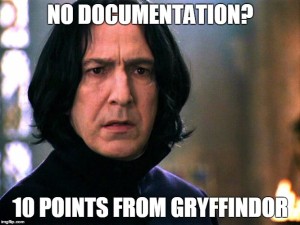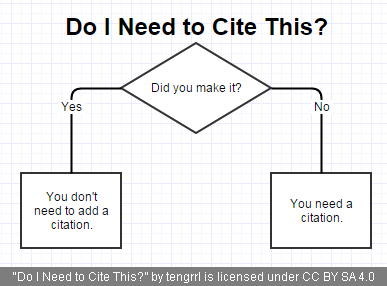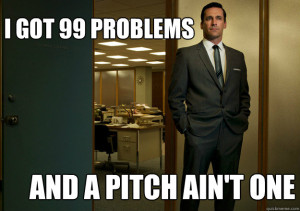This is the post for the Wednesday, April 6, 2016 class meeting.
 Extra Credit Activities
Extra Credit Activities
- Participate in the #SeeVT contest, adding the hashtag #Engl3844s16 to your post. See details from last class. Here are the #SeeVT examples so far.
- Take a Sober Selfie during Alcohol Awareness Month. You can win gift cards. If you win, I’ll give you two excused absences, or negotiate an alternative if you have perfect attendance. Add #Engl3844s16.
Reviewing the Best Practices Assignment
We’ll create an answer to the assignment as a class, using the following resources:
- Along the highway near Bakersfield, California. Dust bowl refugees & Google Doc
- Motherless migrant children. They work in the cotton & Google Doc
- Negro field worker. Holtville, Imperial Valley, California. & Google Doc
The Instructions (Revised)
- List all of the ways you can use the resource, any restrictions, and any related advice, using the examples from class to get started.
- Make citations and explanations for each resource your group examines using the Best Practices for Attribution sections 1.1 to 1.5 as your model.
- Email the word processor documents to me, or share Google Docs with me. Send just one copy and include the names of the people you worked with.
- I will collect all of the examples of how to cite the sources in one document that you use in Project 4.
- Your group will present the details on your sources on Friday.
The Resources to Evaluate
- Photo of a Winter Bee
- Cartoon on Duck and Cover
- Photo of a SuperCat
- Audio of Birds
- Wikipedia article on The Undertaker
- The 1932 film of A Farewell to Arms
- The book Writer/Designer
- Sound effect of creepy music
- Video of The New Day entrance
- Article on National Poetry Month
Homework
For Friday, do the following before class:
- Review the information on “Designing Your Citations” in Writer/Designer, on pp. 70-75. You will design citations for a variety of project genres on Friday.









